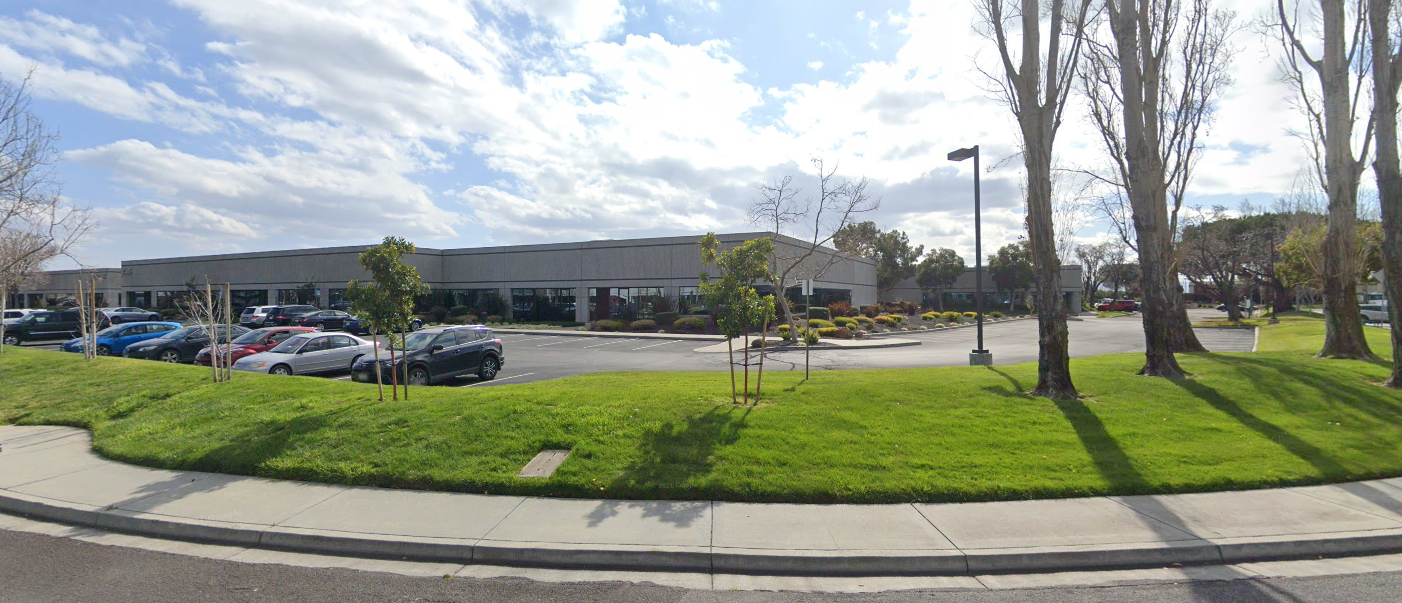Hercules Computer Technology
Hercules were the first third-party video card manufacturer to combine IBM's MDA (Monochrome Display Adapter) text mode with a bitmapped graphics mode. This was considered ground-breaking in 1982, and became the de facto standard for PCs that were connected to a monochrome monitor.
The HGC (Hercules Graphics Card) standard provided a very clear 720 x 348 resolution monochrome graphics mode in addition to a text mode which supported character blocks of 9 x 14. This was far superior to the best IBM offering at the time (CGA) which typically ran graphics in 320 x 200 (640 x 200 was the maximum in 2-colour mode) and text mode characters were a blocky 8 x 8 pixels. It wasn't uncommon for business PCs to run both a CGA card and a Hercules card simultaneously on two separate monitors.
Hercules Computer Technology, Inc.,
had offices in the US and in Germany. Their US address was 3839 Spinnaker Court,
Fremont, CA 94538,
(510) 623-6030, and in Germany they were located at
Bussardstr. 5,
D-82116 Graefelfing
Munich,
Germany.
+49-89-8989 0228

Hercules' US offices at 3839 Spinnaker Court,
Fremont, CA
They moved into EGA and VGA territory in the late 80s before releasing their first Windows accelerator in 1991. Popular models including the Stingray and Dynamite range made use of 2D and 3D graphics accelerator chipsets from third parties such as ARK Logic, Tseng Labs, 3dLabs, S3 and Rendition.
The company was due to be acquired by graphics card company ELSA in 1998, but the terms were not agreed upon and the deal fell through. The following year, Guillemot Corporation Group of France successfully acquired Hercules Computer Technology for $1.5M. In July that same year, Guillemot had also bought out the joystick company Thrustmaster for $15M, and with the two new companies, they formed Hercules Thrustmaster, to be headquartered in Carrentoir, France. The two brand names were deliberately kept separate for sales purposes.
Hercules cards in chronological order:
| ISA Cards | VLB, AGP and PCI Cards |
|---|---|
| Hercules Graphics Card (1984) Color Card (1985) Graphics Card Plus (1986) InColor Card (1987) GB112SPS(?) (1988) Graphics Station Gold (1991) |
Graphite (1993) Graphite Pro and Graphite VL Pro (1993) Graphite Power (1994) Dynamite Pro (1994) Stingray (1995) Stingray Pro and Stingray Pro/Video (1995) Terminator 64 and Terminator 64/Video (1995) Terminator 3D (1995) Stingray 64 (1996) Stingray 128 (1996) Dynamite 128 and Dynamite 128/Video (1996) Dynamite 3D/GL (1997) Stingray 128/3D (1997) Terminator 3D/DX (1997) Thriller 3D (1997) Stingray 2 and Stingray 2/TV (1998) Terminator 128/3D (1998) Dynamite TNT (1998) 3D Prophet 4000XT (2000) 3D Prophet 4500XT (2001) 3D Prophet III (2001) |
During the 1990s, Hercules had three core product families for their graphics cards: Dynamite, Stingray, and Graphite. The latter was rebranded Terminator a short while after the first "Graphite Terminator" card was launched, so the 'Graphite' name was used only up to around 1993, with 'Terminator' taking over from 1994 onward. From 2000 they switched entirely to using the "3D Prophet" name.
| Family | Market | Products |
| Stingray | Budget | Stingray VL, Stingray PCI, Stingray Pro, Stingray Pro/Video, Stingray 64, Stingray 64/Video, and Stingray 128/3D |
| Dynamite | Mid-Range | Dynamite, Dynamite VL, Dynamite Pro, Dynamite 128, Dynamite 128/Video, Dynamite Power, Dynamite 128/Video, Dynamite 3D/GL, and Dynamite TNT |
| Graphite | Premium | Graphite, Graphite VL, Graphite Pro, and Graphite Power |
| Terminator | Premium | Terminator 32/DRAM, Terminator 64/DRAM, Terminator 64/VRAM, Terminator Professional, Terminator 64/Video, Terminator 3D, Terminator 128/3D, and Terminator 3D/DX. |